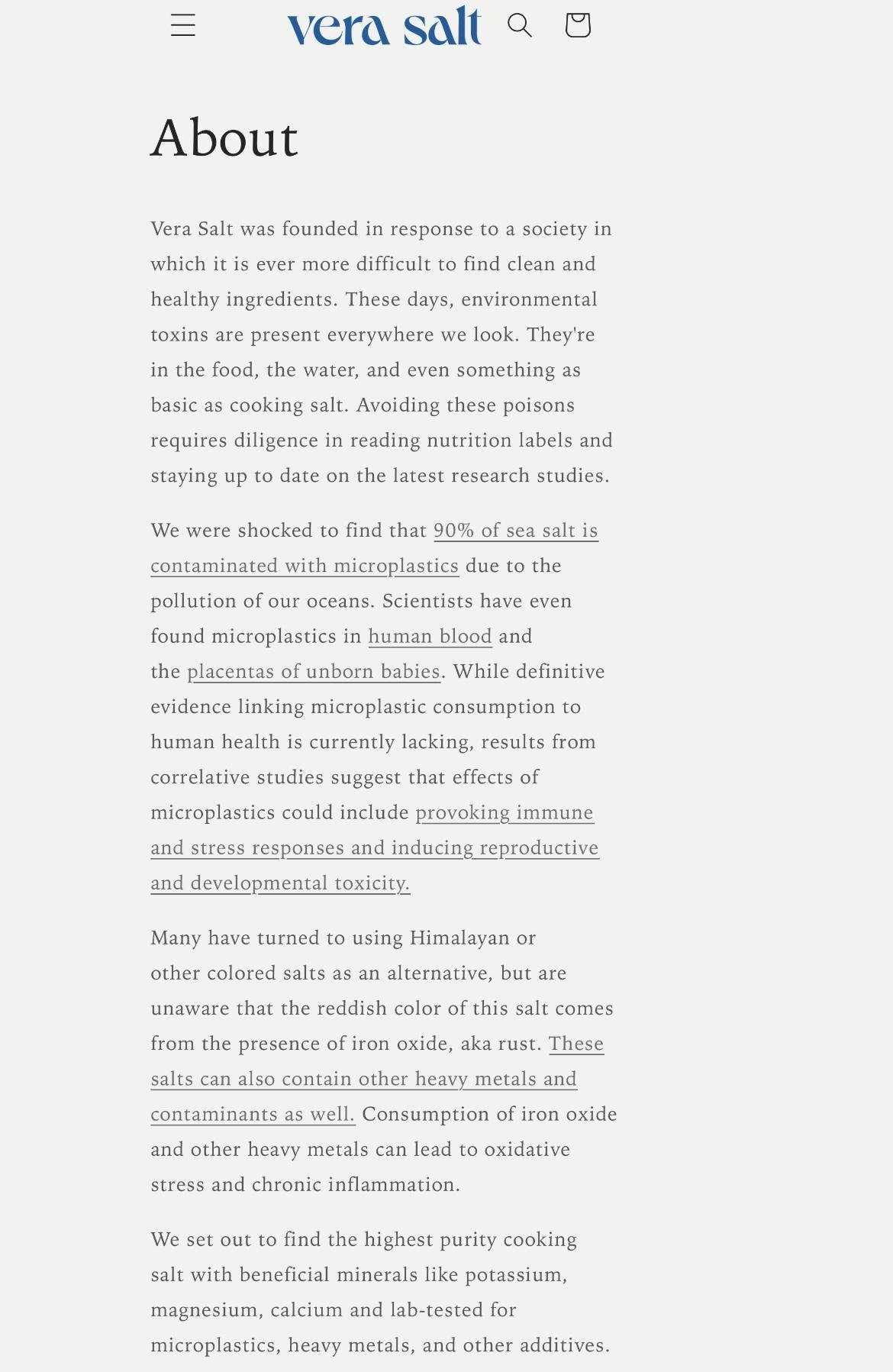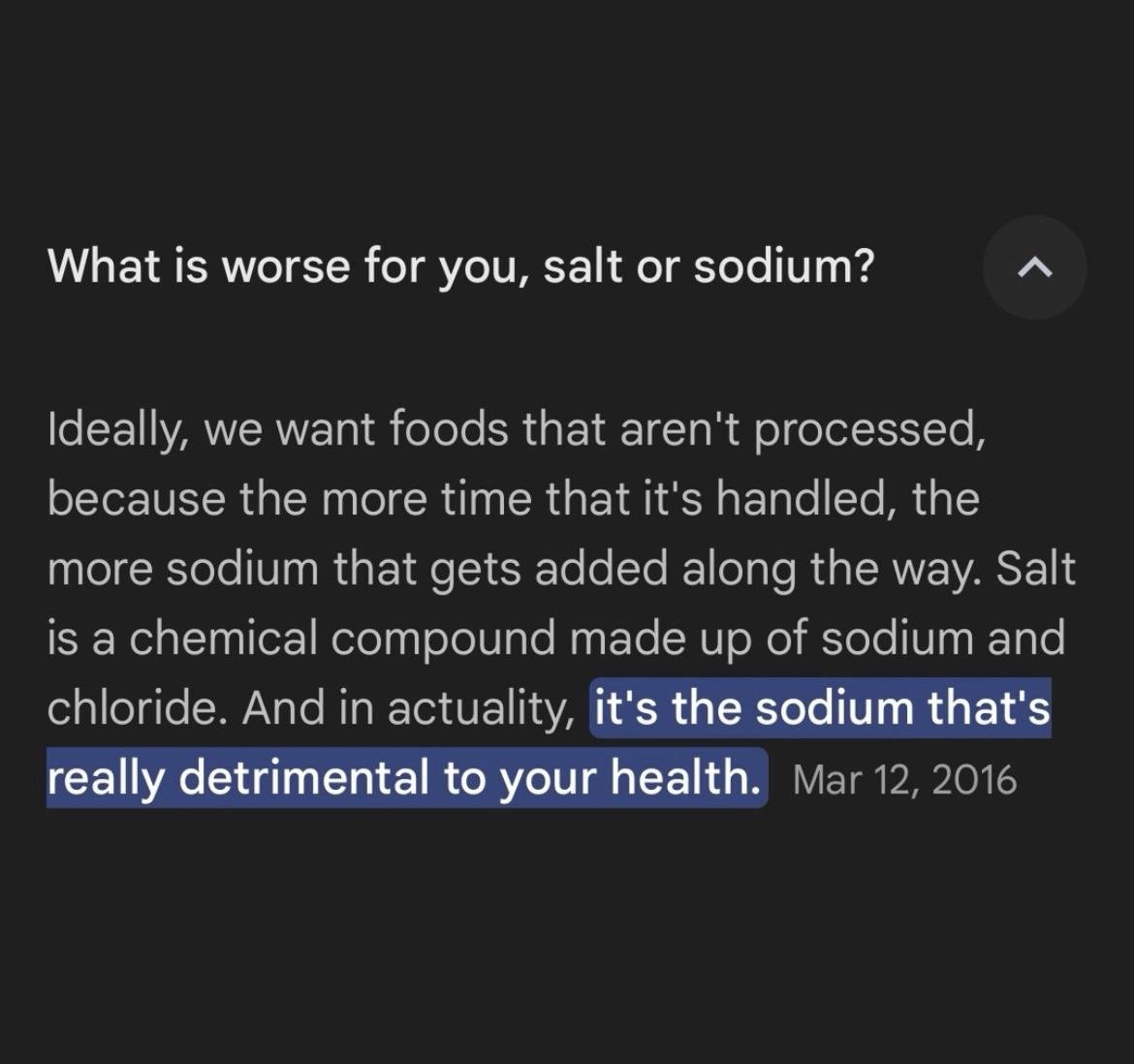A Bright Life Inspired by Dr. Raymond Peat

I found a heavy metal, rust and plastic metal-free salt…

I bought some salt sets today for me and for gifts of this plastic-free and heavy metal-free salt and saved about $45 buying it today with the 25% discount.










The medical system has been saying salt and sugar are bad for decades and people keep getting every disease since, yet the first thing the hospital does to save a life is hook them up to a bag full of sugar and salt. So which one is it they are trying to make people sick out of the hospital or trying to kill people in the hospital?